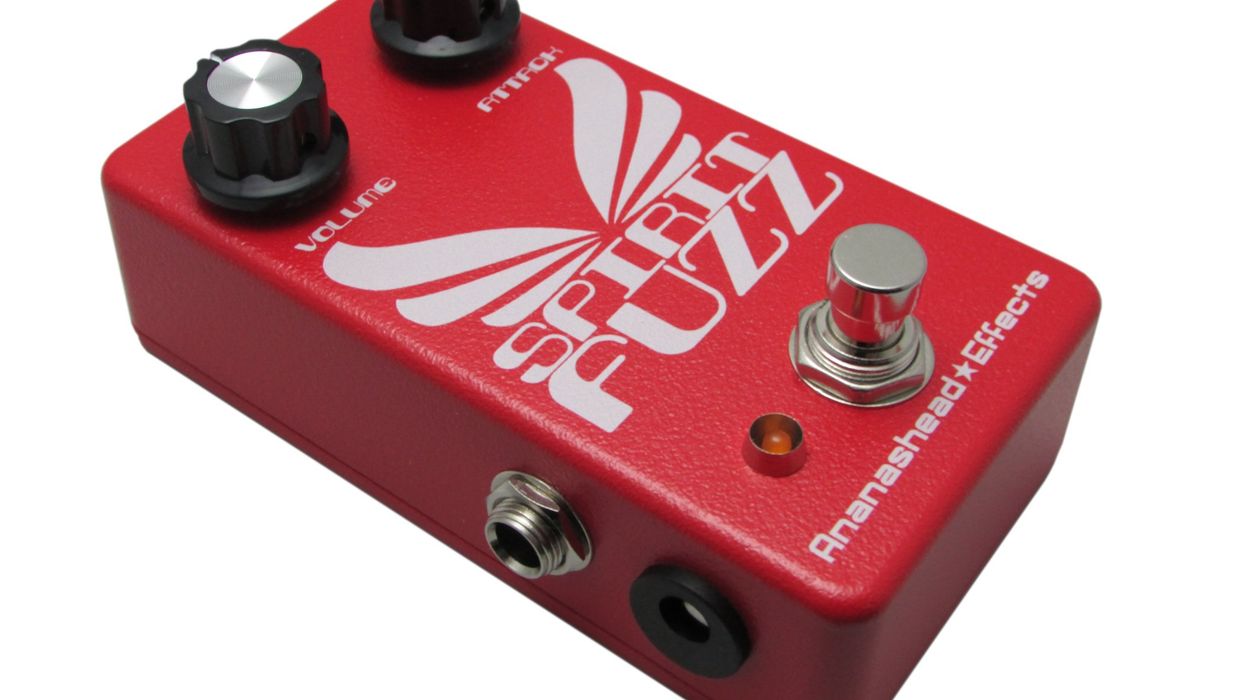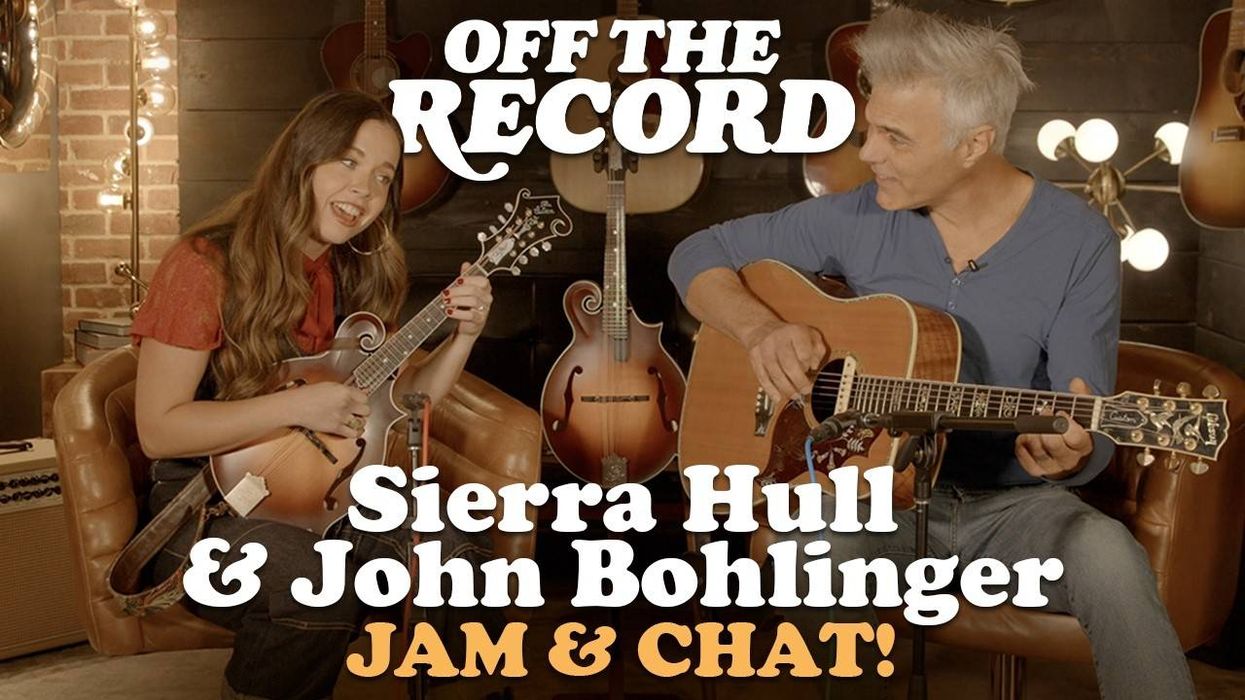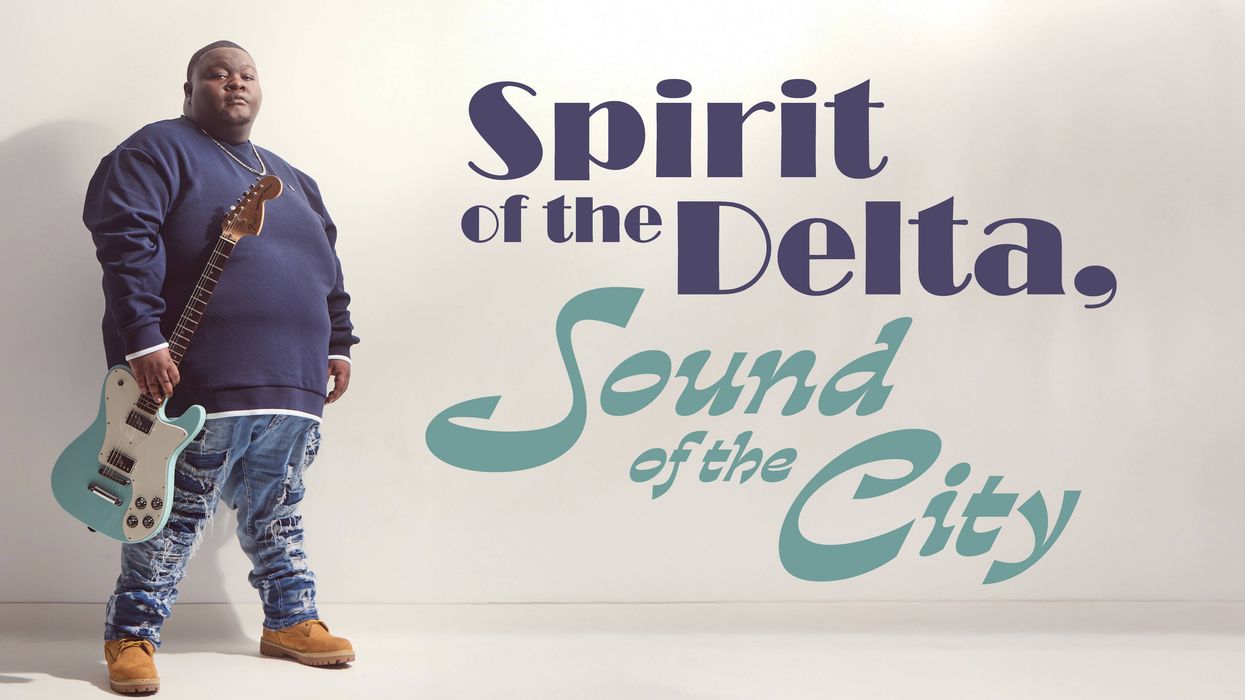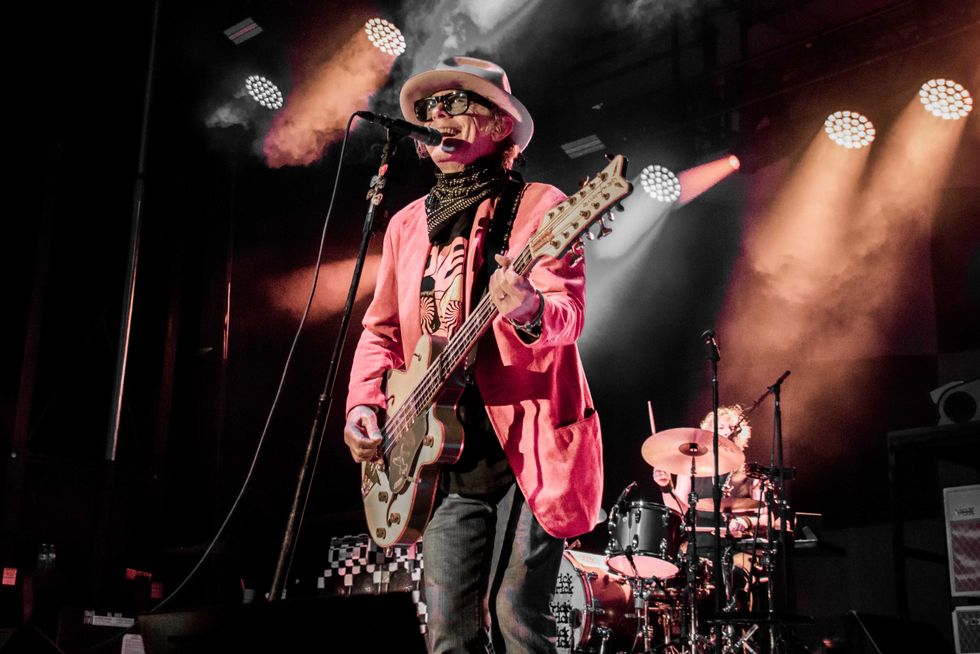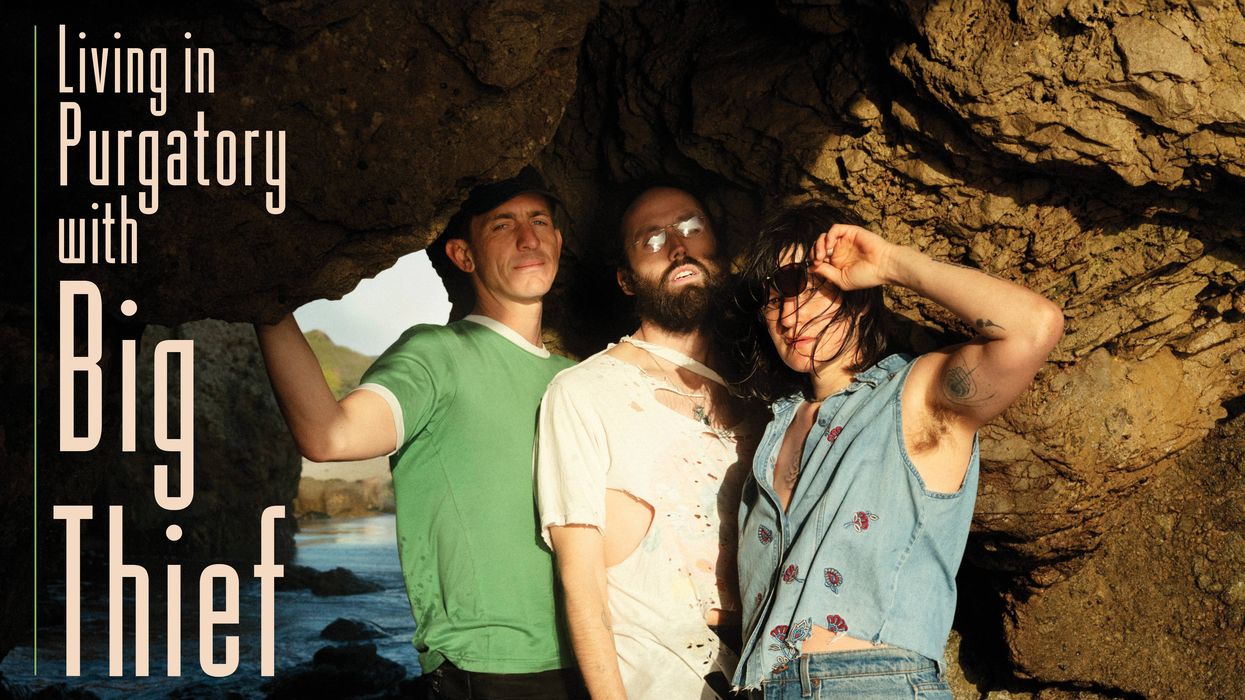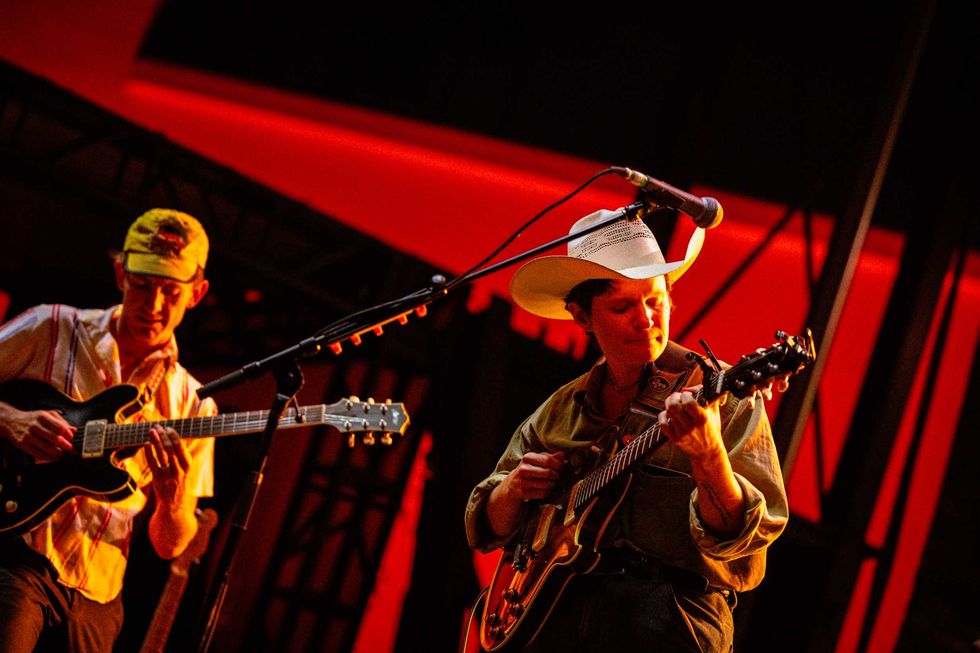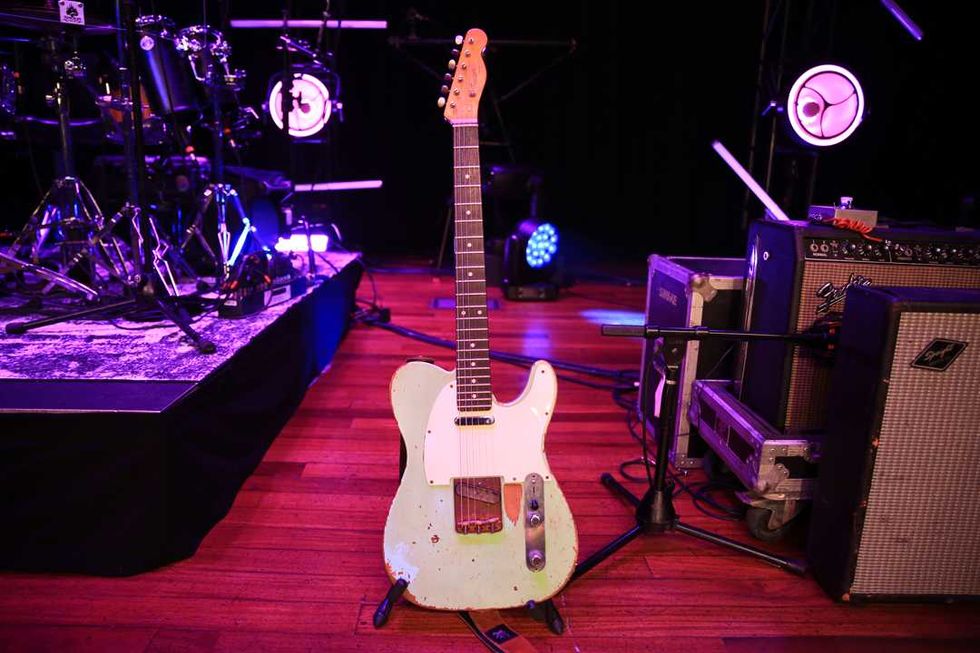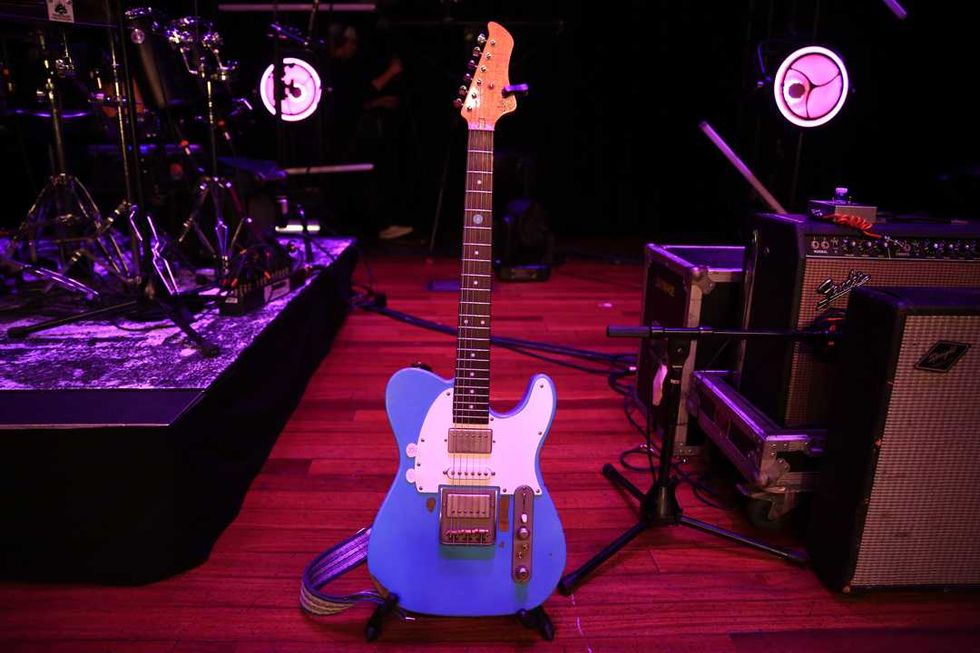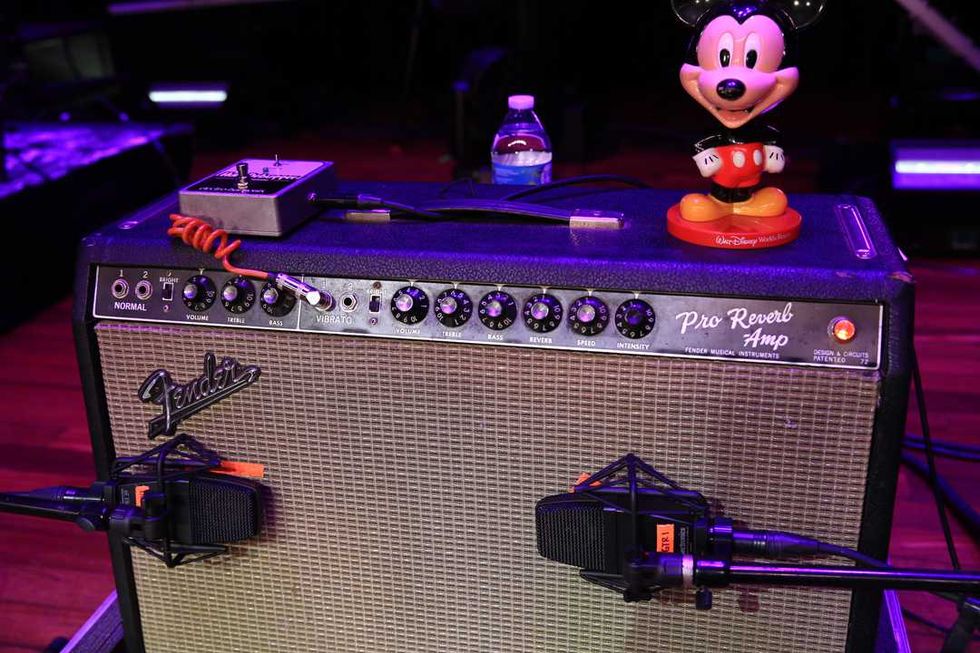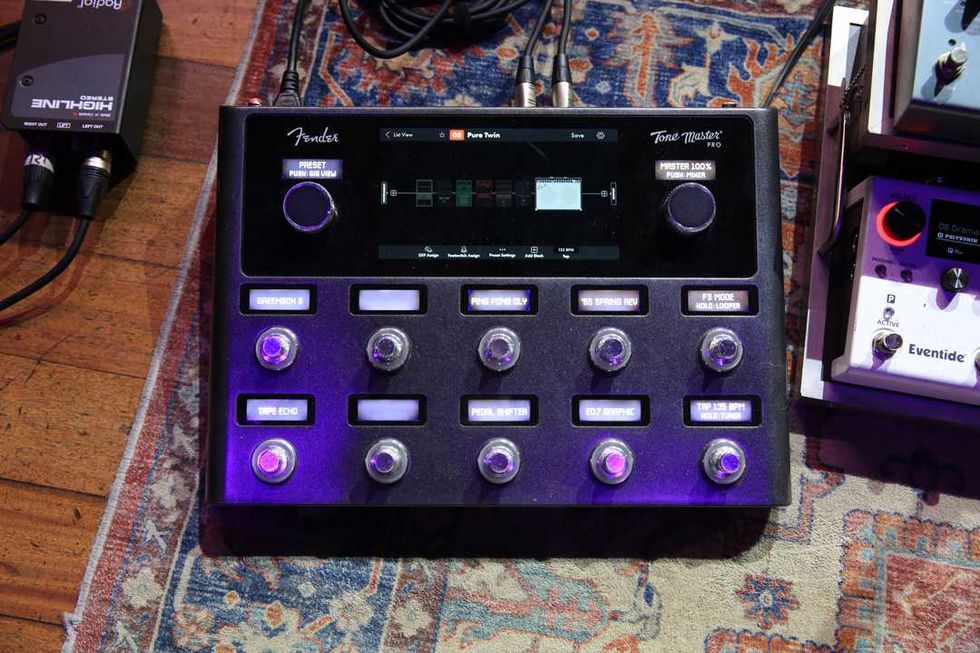YouTube
Enjoy the videos and music you love, upload original content, and share it all with friends, family, and the world on YouTube.He and Nil co-founder and bandmate, drummer Kyle Fisher, tried to obtain the rights to use the image for the cover of their new record, The Lash, but the Vatican wasn’t having it. “We got a cease and desist from the Vatican, and their lawyers are no joke,” Bentham says with a grin.
Still, before he left, Bentham snapped a picture of Messina’s sculpture on his phone, and it hovered over the creation of The Lash like a twisted idol. “It definitely fired me up musically for some reason,” he says. “It’s rare that I’ll see something and it’ll make me want to play my guitar a certain way, but this is one instance where it came to pass that way.”
Messina’s work took Bentham somewhere vicious and primal. It pulled him back to some of the sounds the Nil had explored earlier in their 14-year career: white noise, feedback shrieks, “sheet-metal-shaking distortion.” It made Bentham think of the work of the Jesus Lizard’s Duane Denison. “Something about this cold, metallic, brutal piece of art made me play guitar a bit more angularly, and with a much higher threshold and acceptance of microphonic and horrible feedback than I’ve been looking for on our last few albums,” he says.
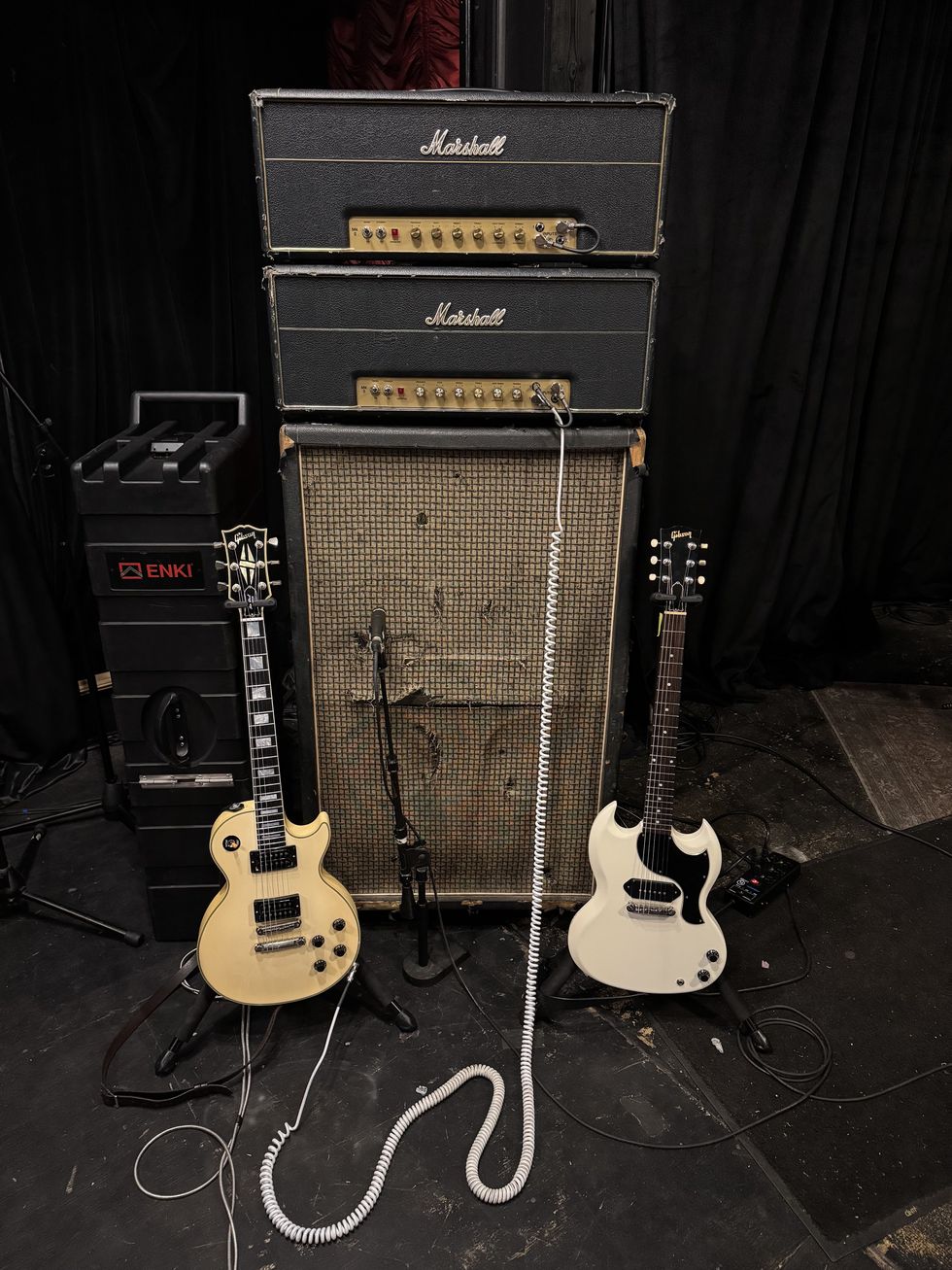
Bentham’s live rig has been the same for more than a decade: a Les Paul Custom into a Marshall 1959SLP, with a Pro Co RAT or two in between.
Photo by Tom Oddballs
Enter The Lash, a scummy, barbwire-scraped slab of punk rock ’n’ roll, scarred with white-hot slashes of classic metal, hardcore, thrash, and garage rock. After the radio-ready melodies and tidy production of 2021’s Fuck Art and 2023’s Free Rein to Passion, The Lash feels like a triumphant return to the basement. “I’m incredibly proud of this record because we made it because we wanted to,” says Bentham. “I’m not a big believer in the idea that tension makes good records.”
“Something about this cold, metallic, brutal piece of art made me play guitar a bit more angularly, and with a much higher threshold and acceptance of microphonic and horrible feedback.”
To honor that energy and bring The Lash to life, Bentham and Fisher bailed on the higher-budget trappings of their previous records and went back to basics, working with local engineer and powerviolence musician Vince Soliveri at Boxcar Sound in Hamilton. When it came time to record Bentham’s vocals, Soliveri had a strange-looking mic set up. “I was like, ‘What’s this microphone? Is it something you like to use for vocals?’” Bentham recalls. “Vince was like, ‘I have no idea what it is. It just looked cool, so let’s try it out.’”
He continues, “I think Vince’s attitude towards that specific thing is a pretty good indicator of how we approached making this record, which was different from the 'tried and true' way we've made our last few. There are trade-offs when you enter that world, and complexities that enter your life and your band when it comes to staying in that world. With pretty much all of our previous records, there’s been some sort of behind-the-scenes animating force to make it a certain way or an internal pressure: ‘If we do this, then maybe we can get that.’ We basically decided for ourselves that we had fun, but we are leaving the casino.”
Luke Bentham’s Gear
Guitars
Shyboy T-style (studio)
1952 goldtop Gibson Les Paul (studio)
Amps
Marshall 1959SLP w/ Marshall 8x10 cabinet
Ampeg VT-22 (studio)
Fender Deluxe Reverb (studio)
Vox AC4 (studio)
Effects
Various Pro Co RAT models
Electronic Audio Experiments 0xEAE Boost
Strings & Picks
Ernie Ball Power Slinky (.011–.048)
Dunlop .73mm picks
Those “internal pressures,” which are skewered on the new track, “Rock N’ Roll Band,” were jettisoned this time. With The Lash, the philosophy was simply, “Let’s just make a record, see what happens,” Bentham says. “It’s been a long time since I found myself in that headspace, I think probably since we made ‘Fuckin’ Up Young’ and all those songs 14 years ago.”
“We basically decided for ourselves that we had fun, but we are leaving the casino.”
Still, The Lash has moments unlike anything the Nil have produced to this point. The slow, cornered-animal growl of “This is Me Warning Ya” and the haunted-house romance of “Spider Dream” are two of the record’s doglegs into the softer end of the macabre. And the stomping “That Don’t Mean It Won’t Sting,” is unexpectedly intro’d by cello and xylophone, thanks to violinist and friend Sara Danae.
Even as the band has grown, Bentham’s rig has scarcely changed. His calling-card tone for the past decade has been a 1975 Gibson Les Paul Custom, tuned to E-flat standard, through a Pro Co RAT (or two, with the second set to “drop the hammer”) and into a Marshall 1959SLP head and a Marshall 8x10 cabinet. Bentham admits he’s pretty hard on his guitars—the ’75, which has a stock pickup in the neck and an early production DiMarzio Super Distortion in the bridge, has had its headstock broken on more than one occasion.
While recording The Lash, though, Bentham changed things up. Rather than the usual RAT pedals, he leaned on the Electronic Audio Experiments 0xEAE Boost, which he describes as the most “extreme” dirt pedal he’s used to date. “That pedal is absolutely brutal,” he says with a smile. For the record’s violent feedback, Bentham and Soliveri borrowed one of producer John Goodmanson’s tricks: Split the guitar signal via an A/B box, send one signal to the amp being tracked in an isolation room, and another to a 5-watt amp in the control room. The feedback generated from the small combo jumps back through the pickups, and out to the stack in the isolation room (a Vox AC4 helped out for those purposes). For clean tones, meanwhile, Bentham called on his godfather’s 1952 Les Paul goldtop and a Shyboy Telecaster copy, both running into an Ampeg VT-22. The Ampeg’s reverb, along with the onboard effect from a Fender Deluxe Reverb, is the only coloring Bentham applied besides his dirt.
“There are so many distractions and complications as you navigate a career in music, but you must return to the simple joy of a howlingly distorted Les Paul Custom E chord as your guiding light.”
The RAT, by the way, is still Bentham’s one true love in live settings. “I’ve learned not to mess with my rig, which has served me very well for basically 12 years now,” he says. “It’s never ceased to put a smile on my face to plug into my plexi with my Custom, turn it up, and play an E chord. If that doesn’t make me happy, then I’m probably done with rock ’n’ roll, because that’s what this whole thing is. There are so many distractions and complications as you navigate a career in music, but you must return to the simple joy of a howlingly distorted Les Paul Custom E chord as your guiding light.”
YouTube
On his long-running video tutorial series Let ’er Riff, Bentham breaks down the tricks behind the foundation-shaking fury of The Lash’s opening track, “Gallop of the Hounds.
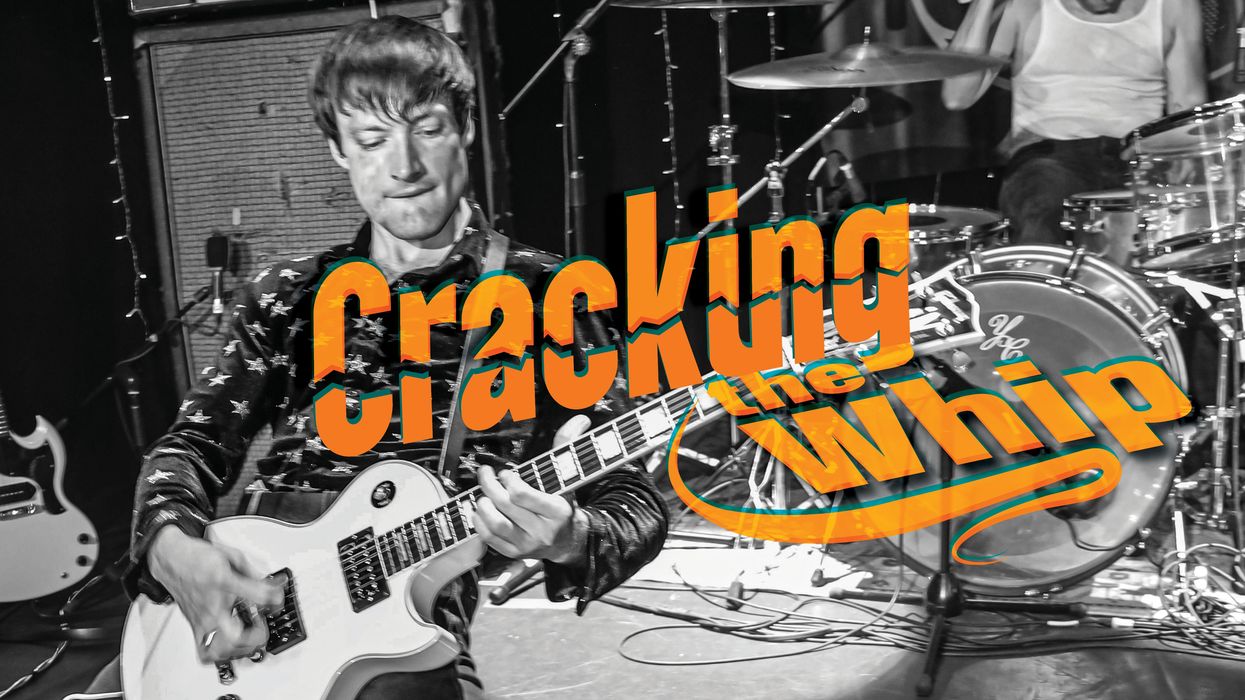

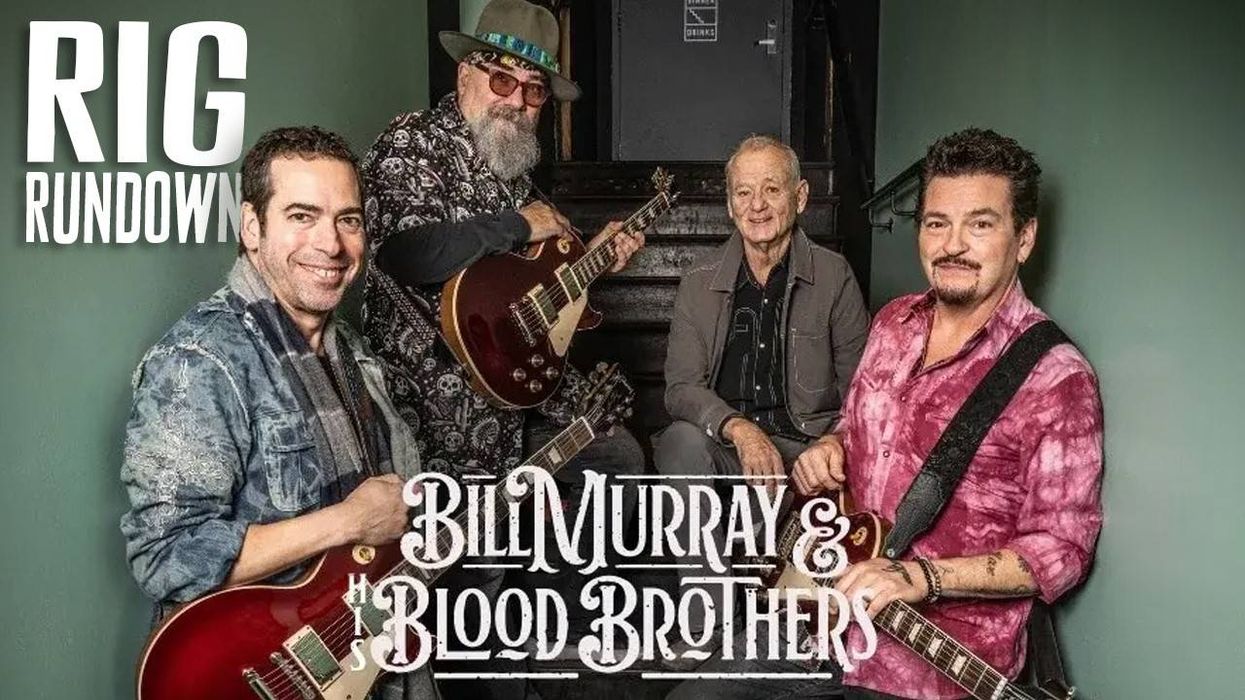

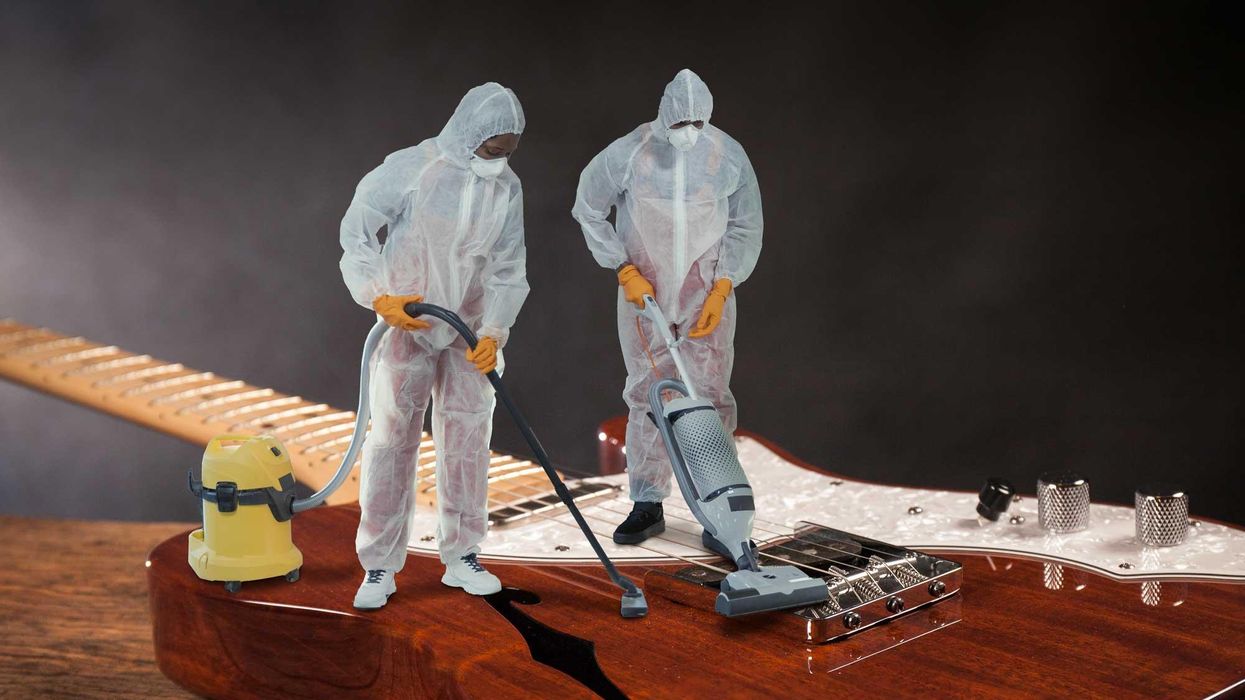
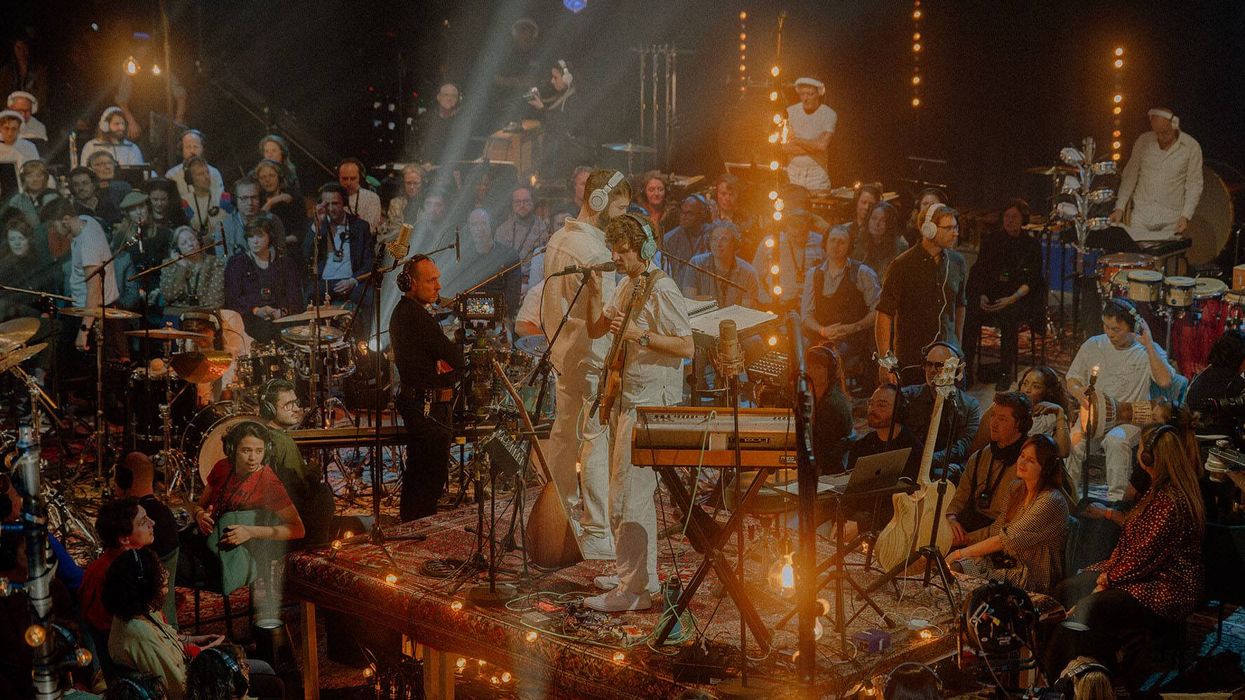

![Rig Rundown: AFI [2025]](https://www.premierguitar.com/media-library/youtube.jpg?id=62064741&width=1245&height=700&quality=70&coordinates=0%2C0%2C0%2C0)
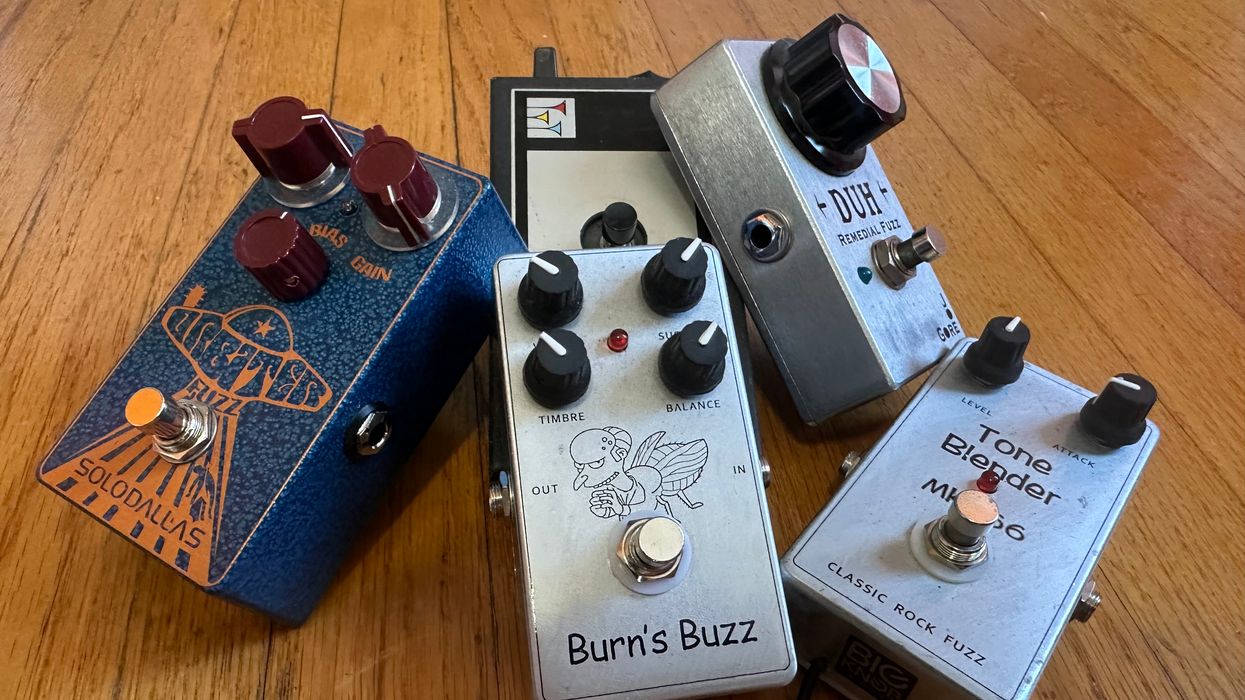
![Devon Eisenbarger [Katy Perry] Rig Rundown](https://www.premierguitar.com/media-library/youtube.jpg?id=61774583&width=1245&height=700&quality=70&coordinates=0%2C0%2C0%2C0)
